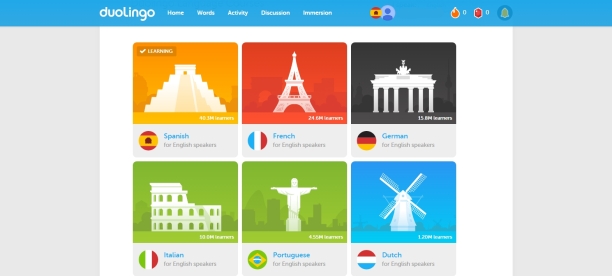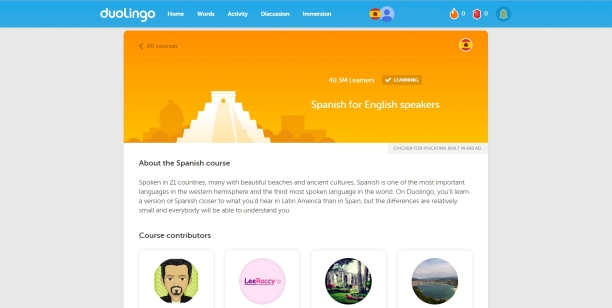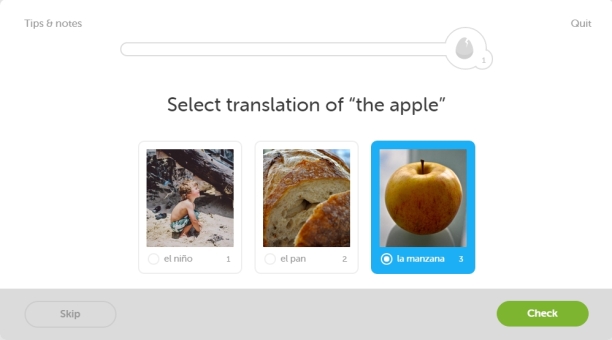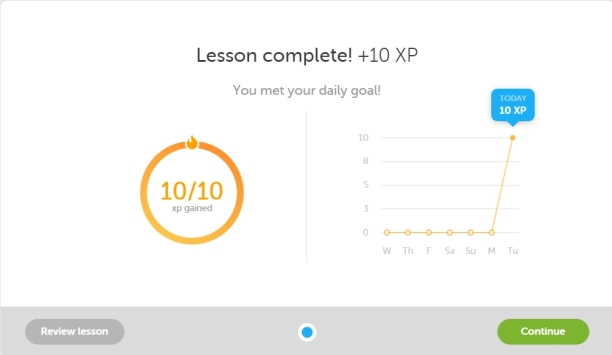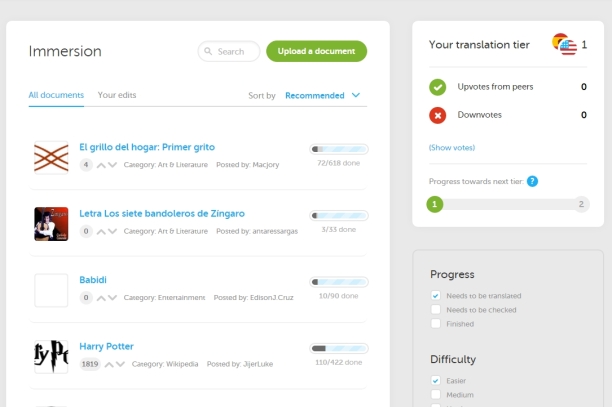History
Augmented Reality is far from a new concept, first popping into the heads of innovators and developers as early as the beginning of the 20th century. It saw a great amount of progression over the years, yet wasn’t actually given the title of “Augmented Reality” until 1990. In recent years, its major usage has been through gaming and education. Despite seeming to lose wind over the decades, tons of people and professions still use augmented reality in a multitude of ways.
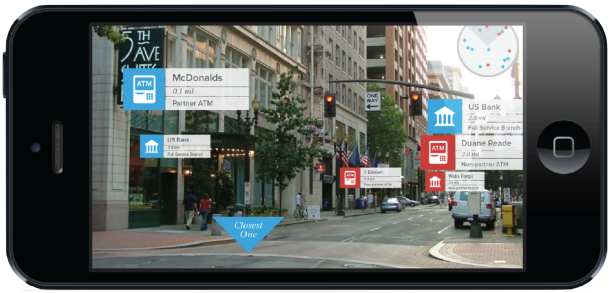
Augmented Reality can be used in many more ways than first thought.
Just like virtual reality and tons of other technologies in the world, augmented reality can benefit a multitude of professions and areas. A few examples of these would include:
Education
There is a large number of applications and programs out there that utilize augmented reality content for education purposes. The majority of them use paper embedded with specific coding to correlate with compatible software. These types of apps and programs can range from math, reading, science, history and many others that specialize in education areas.
Education apps that use augmented reality:
Anatomy 4D: A free application that uses special, code embedded, printed pictures to displays different 3D anatomy structures. Some of these include the human skeleton and heart, both in great detail.
AR Flashcards: AR Flashcards has a range of apps (Animal Alphabet, Shapes and Colors, Space) that implement flashcards to bring to life core education fundamentals for elementary level students. These include basic math problems, numbers, letters, shapes and even animals.
FETCH! LUNCH RUSH: A free application that uses AR flashcards and an AR game to teach students basic math skills. The app is targeted for students in both 1st and 2nd grade.
Star Walk™: Star Walk™ is an application that uses GPS tracking services to display constellations and dozens of other celestial bodies based on the user’s device location. *Star Walk™ does NOT offer a free version, full version of the app costs $2.99 USD.*
Marketing
In recent years a vast amount of companies have been implementing augmented reality technologies into their marketing and advertising campaigns. Said companies are using this technology to enhance the traditional advertising methodology. The hope behind this, being to further expand upon the “norm” of advertising, by going with a more current landscape. Using this to achieve the goal that all advertisers work towards, reaching a wider consumer base.
Entertainment
For years, augmented reality has been used in the entertainment world to add to the overall experience of the user. An area that has seen extensive use and most likely the most compared to others, has been video games. Tons of titles across a variety of different platforms have created games and programs that center around augmented reality or use its key features.
Microsoft Hololens
Recently, Microsoft has announced the development of a device geared towards implementing augmented reality into daily life, the Hololens. The Hololens, a headset used to display augmented programing, looks to impact all facets of entertainment and many others. Although the device is still in it’s early stages, it looks to be the most advanced and prominent augmented reality device since the concept was first created.
Augmented Reality Vs. Virtual Reality
While the general concept of augmented reality and virtual reality are very similar, they differ in a few key details. The biggest differentiating factor being the “world” in which their programs and content are presented. Augmented reality takes the real world and adds content to it, using cameras and other display devices to give that image. Virtual reality on the other hand, puts the user into a computer generated “world” with the use of many varying technologies both hardware and software. Yet the most impressive trait that the two technologies share is the impact and uses it provides to varying professions and areas. Both have extensive uses for areas including education, marketing, entertainment, transportation, training, medical and so many more.
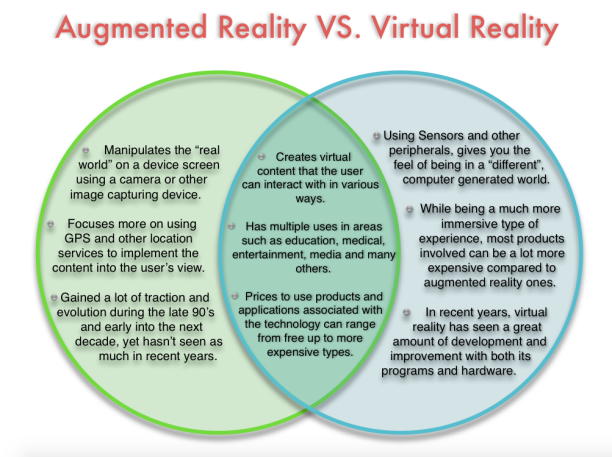
Images courtesy of: Microsoft, Google, Apple, DAQRI, AR Flashcards, Cohlab, and SOILDWORKS. Content courtesy of: Microsoft and Aurasma.


